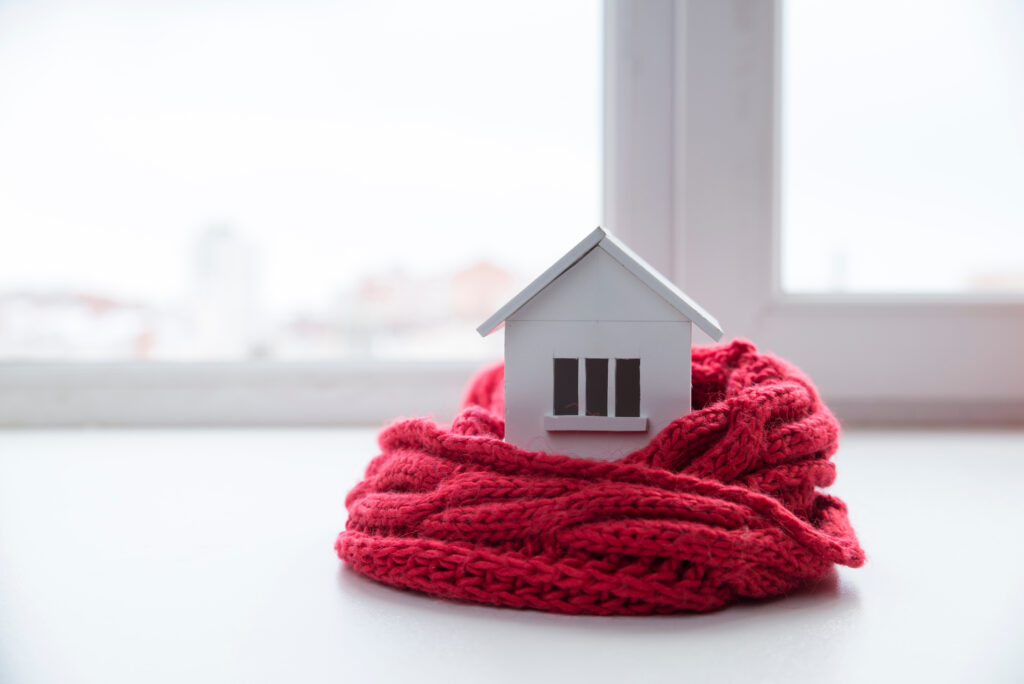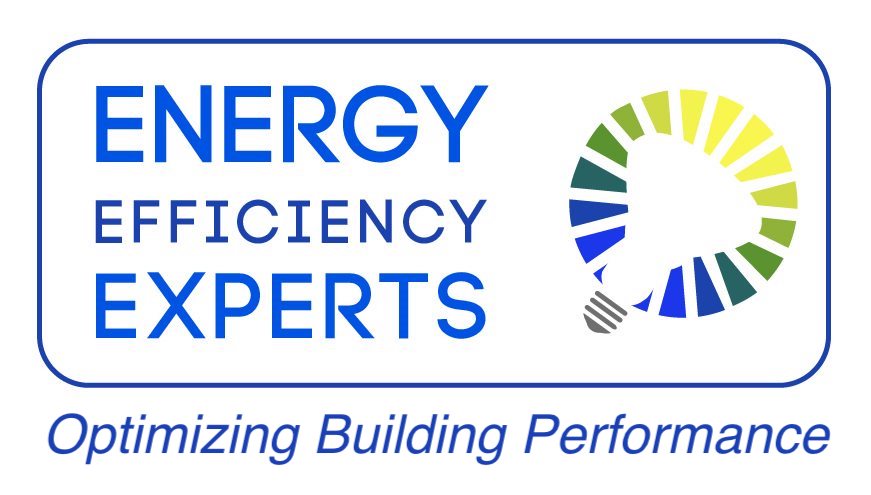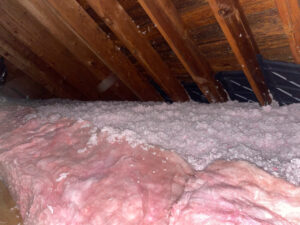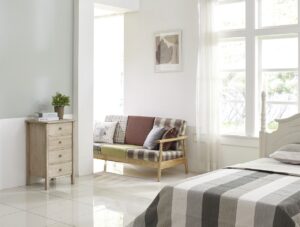
‘Tis the season to be jolly- and if you need ideas on how to keep your home merry and bright, here are some new energy-saving tips!
Need more tips? Check out Part One!
Basics
- Layers: A tried and true method, the more layers you have, the warmer you are. Try to combine inner layers made of wool, cotton, silk, or synthetic blends with outer layers made of down or polyester.
- Always prioritize your head, feet, and core!
- Use the Power of the Sun: Utilize radiant heat from sunlight by opening curtains and blinds to south-facing windows during the day and closing them at night.
HVAC
- Return Vents: Return vents draw air back into the system to later be heated or cooled. In the winter, upper levels tend to be warmer whereas basements are colder. Closing the return vents in the upper levels forces the system to draw and heat more air from the lower levels. In the summer, doing the opposite allows you to better cool the hot air from above.
- How to test return vs. supply vents: While your system is running, place a tissue over the vents in your home. If the tissue is blown back towards you it’s a supply vent, if it’s pulled towards the vent it’s a return vent. Be sure to label which is which for future reference!
- Window AC Units: Although Window AC units are typically sealed into the window, the seal is often far from perfect and can result in a lot of cold air seeping into your home. When the weather starts getting cold, it’s a good time to take out those units and store them somewhere to be used next summer.
Home
- Lock Windows: Windows that appear closed can actually be slightly cracked open at the top or bottom. Locking your windows is the best way to guarantee that windows are fully closed. Double check that the top sash is also fully closed, as it can slip down when not locked in place.
- Bubble Wrap Windows: If you’re noticing the air around your windows is significantly colder than the rest of your home, a quick and easy DIY is to bubble wrap your windows. Simply mist the window with some water and apply bubble wrap with the bubbles facing the glass. The water will stick the wrap to the pane and prevent cold air from migrating into your home. Bubble wrap is especially helpful as it still allows sunlight to pass through while providing additional privacy.
- Weatherstrip Doors: Doors tend to swell in the summer and shrink in the winter- letting cold air in. Installing temporary door sweeps/weatherstripping can keep your home free from unwelcome chill (and pests!). Weatherstripping can be purchased online or at any hardware store and often comes with easy instructions for self-installation.
- Blanket Doors: If weatherstripping is not an option, roll up a blanket, towel, or old fabric and place it at the base of exterior doors to block outdoor air from entering.
- Close Fireplace Dampers: Always close your fireplace dampers when not in use. Lots of cold air can flood into the house from the chimney if the damper is open/cracked. Learn more about dampers’ impact on your home’s energy efficiency here!
- Work from Warmth: If working from home, set up your office in warmer parts of the home (upper levels instead of lower levels).
Lights and Appliances
- Turn Off Unnecessary Lights: While daylight savings ensures we rise with the sun, it also means we go home without it. Try to minimize the number of lights used throughout your home, turn off lights in unoccupied rooms, and always turn off the lights before you turn in.
- Open the Oven after Use: When using the oven for baking or cooking, leave the oven door cracked to allow the warm air to filter into your home. The oven can cool down and allows your heater to stop running thanks to the additional source of warmth. NOTE: Don’t use this tip if you have children or pets in the house who may be harmed by opening and touching the oven.
Can we help?
All of these tips increase your comfort and efficiency, but the best way to directly attack the issues in your home is with an energy audit. At Energy Efficiency Experts we inspect the structural integrity of your home and look for possible cracks and holes in what we call the “conditioned envelope”, or the shell of your home which contains all your conditioned air. Using a Blower Door Test, we monitor where your home pulls in outside air and tighten up those spots to improve your home’s energy efficiency. We also test indoor air quality to ensure your HVAC and appliances are working safely. Finally, and most importantly, we make sure you have sufficient levels of insulation to retain the heat that your HVAC system is creating. This will likely make the biggest impact on your comfort and bills. If you live in the Washington DC/Maryland/Virginia (DMV) area and have concerns about your home in the winter, schedule a home energy audit at https://energyefficiencyexperts.com/contact/ or call our office at 202-557-9200.
Curious about what other services we provide? Check out the full list of auditing services and see what our in-house crew can do for you!





